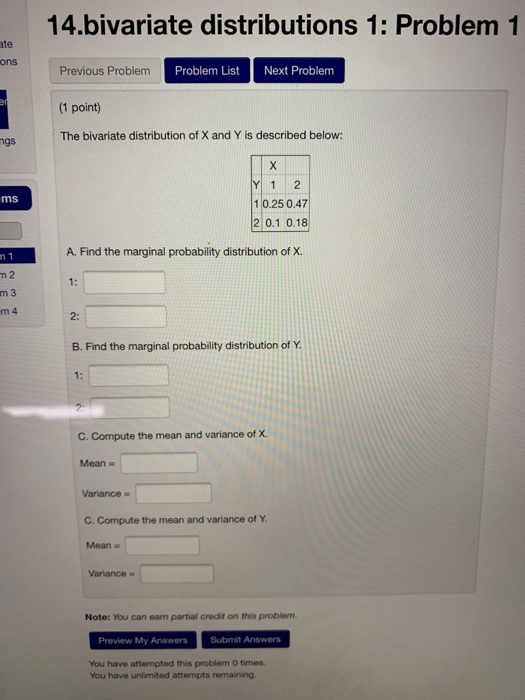A 16-stage axial flow compressor is to have a pressure ratio of 6.3. Tests have shown that a stage total-to-total efficiency of 0.9 can be
A 16-stage axial flow compressor is to have a pressure ratio of 6.3. Tests have shown that a stage
total-to-total efficiency of 0.9 can be obtained for each of the first six stages and 0.89 for each of
the remaining 10 stages. Assuming constant work done in each stage and similar stages find the
compressor overall total-to-total efficiency. For a mass flow rate of 40 kg/s determine the power
required by the compressor. Assume an inlet total temperature of 288 K.
5. At a particular operating condition an axial flow compressor has a reaction of 0.6, a flow
coefficient of 0.5, and a stage loading, defined as ?h0/U2 of 0.35. If the flow exit angles for
each blade row may be assumed to remain unchanged when the mass flow is throttled, determine
the reaction of the stage and the stage loading when the air flow is reduced by 10% at constant
blade speed. Sketch the velocity triangles for the two conditions. Comment upon the likely
behaviour of the flow when further reductions in air mass flow are made.
6. A high-pressure axial compressor for a jet engine rotates at 15,000 rpm with an overall stagnation
pressure ratio of 8.5. The mass flow rate of air through the compressor is 16 kg/s1 and the stagnation conditions at inlet are 200 kPa and 450 K. The polytropic efficiency is 91%.
(a) If the mean radius is 0.24 m and this is constant throughout the compressor, calculate the
total-to-total isentropic efficiency of the compressor and show that, for the stage loading to
be less than 0.4 in all stages, eight stages are required.
(b) The compressor is designed with repeating stages and zero inlet swirl. If the inlet axial Mach
number is 0.52, calculate the mean flow coefficient and sketch the velocity triangles for one
stage. Show that the blade height at exit from the compressor is about 7.8 mm.
7. The preliminary design of an axial flow compressor is to be based upon a simplified consideration of the mean diameter conditions. Suppose that the stage characteristics of a repeating stage
of such a design are as follows:
Stagnation temperature rise 25C
Reaction ratio 0.6
Flow coefficient 0.5
Blade speed 275 m/s
The gas compressed is air with a specific heat at constant pressure of 1.005 kJ/(kgC). Assuming
constant axial velocity across the stage and equal absolute velocities at inlet and outlet, determine
the relative flow angles for the rotor. Physical limitations for this compressor dictate that the
space-chord ratio is unity at the mean diameter. Using Howell's correlation method, determine
a suitable camber at the midheight of the rotor blades given that the incidence angle is zero.
Use the tangent difference approximation,
tan ?
1 tan ?
2 1:55=1 1:5s=l,
for nominal conditions and the data of Figure 3.16 for finding the design deflection. (Hint: Use
several trial val



Step by Step Solution
There are 3 Steps involved in it
Step: 1

See step-by-step solutions with expert insights and AI powered tools for academic success
Step: 2

Step: 3

Ace Your Homework with AI
Get the answers you need in no time with our AI-driven, step-by-step assistance
Get Started


